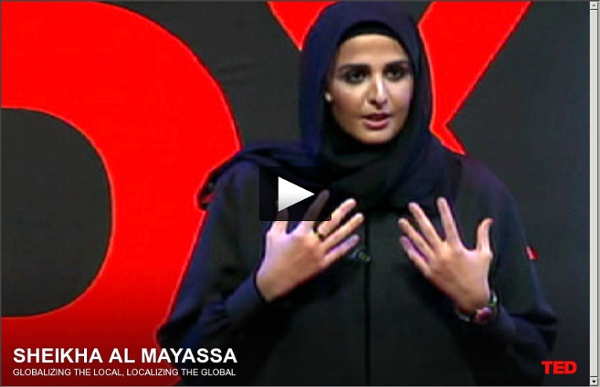



THOMAS THWAITES Diccionario de gestos españoles | Español Coloquial | Colloquial Spanish- Coloquial.es volver a coloquial.es Entre comillas Come de mi mano Conducir A joderse Cabezota Están juntos Enganchado Irse, largarse Pelota Que corra el aire Venga, vamos Volar ¡Ya basta! Más cerca Así Enchufe Follar Hacer la cruz Hacerse un porro Impaciente ¿Tienes hora? Ya era hora Abrir un libro Listo, se acabó Tener algo entre manos Cerrado Cortar con alguien Estar juntos Lavarse las manos Pagar Cortar algo Escribir a máquina Escribir en teclado Escurrir Frotar, lavar
you found me. Théorie des jeux La théorie des jeux est un domaine des mathématiques qui propose une description formelle d'interactions stratégiques entre agents (appelés « joueurs »)[1]. Les fondements mathématiques de la théorie moderne des jeux sont décrits autour des années 1920 par Ernst Zermelo dans l'article Über eine Anwendung der Mengenlehre auf die Theorie des Schachspiels[notes 1], et par Émile Borel dans l'article « La théorie du jeu et les équations intégrales à noyau symétrique ». Ces idées sont ensuite développées par Oskar Morgenstern et John von Neumann en 1944 dans leur ouvrage Theory of Games and Economic Behavior[notes 2] qui est considéré comme le fondement de la théorie des jeux moderne. Il s'agissait de modéliser les jeux à somme nulle où la somme des gains entre les joueurs est toujours égale à zéro. La théorie des jeux devient dès ce moment un outil théorique important de la microéconomie. Histoire[modifier | modifier le code] Interprétations[modifier | modifier le code] . , gain du joueur
Philippe Thuvien, L’Oréal : « S’appuyer sur l’intelligence collective pour créer de la valeur ! » Premium Beauty News - Un moment important dans la vie du groupe que ce déménagement dans vos nouveaux locaux de Saint-Ouen au mois de mars 2011 ? Philippe Thuvien – C’est effectivement un moment important pour notre communauté. Alors qu’auparavant les services Packaging Opérationnels et Corporate étaient disséminés sur plusieurs sites, toutes les équipes Packaging Europe, à l’exception des Laboratoires Compatibilité et Expertise, soit environ 160 personnes, se retrouvent aujourd’hui sur une même plateforme favorisant par la même occasion le travail collaboratif. Premium Beauty News – Quelle est l’organisation du Packaging et du Développement chez L’Oréal ? Philippe Thuvien – La « Communauté Packaging & Développement » se subdivise en trois pôles avec un département « Packaging & Développement Corporate », les « Développement produits » et les « Packaging Opérationnel ». Premium Beauty News - Quelles sont les principales missions de ce département « Packaging & Développement Corporate » ?
Faire émerger la vraie Entreprise 2.0 Les notions de finalité, de vision et de valeurs reviennent en force dans les entreprises. Un nombre croissant de dirigeants et de DRH réalisent que ces notions doivent avant tout être appréhendées comme des outils de management créant du sens et de la cohésion, et qu’elles ne doivent en aucun cas être laissées entre les mains d’un département ou d’une agence de communication. Partager la vision et rendre les valeurs authentiques est difficilement envisageable sans l’utilisation de pratiques collaboratives à tous les échelons de l’entreprise. Alors que les projets conduits de manière collaborative doivent le plus souvent venir de « la base », développer un environnement qui valorise la collaboration incombe aux directions générales et des ressources humaines. A partir de ce postulat, explorons les facteurs individuels et collectifs qui favorisent la collaboration. Les facteurs individuels nécessaires au développement des pratiques collaboratives Quels outils de management ?
Les réseaux sociaux ne casseront pas les silos 2011 nous amène son lot de prophéties sur l’Entreprise 2.0 et son substrat principal : les réseaux sociaux d’entreprise (RSE). Ces derniers vont-ils enfin, comme on l'entend souvent, casser les silos qui asphyxient l’entreprise, brident les initiatives, plombent la productivité, et même sapent le bonheur de employés ? Certains vont même jusqu’à pronostiquer que, faute de dépasser ce barrage organisationnel, les RSE seraient condamnés au déclin. Et pourtant, si l’on regarde en détail notre société, on remarque qu’elle a évolué vers une spécialisation croissante. Pour s’en convaincre, prenons les parcours des étudiants. Les silos sont bien là, ancrés dans notre culture et dans notre manière d’aborder la performance par la spécialisation et la taylorisation de l’intégralité de la société. « Born to be specialist » L’homme, autrefois, pouvait s’offrir le luxe d’être un être multiple. Les freins et les obstacles sont immenses pour ne pas laisser passer des profils d’une culture à l’autre.
Hiérarchie ou réseau ? Où en est-on, et où va-t-on, en matière de management des entreprises et des administrations ? Depuis la parution du Nouvel Esprit du Capitalisme, l’ouvrage des sociologues Luc Boltanski et Eve Chiapello, qui décrivait comment le capitalisme avait renoncé au principe fordiste de l’organisation hiérarchique du travail pour développer une nouvelle organisation en réseau, fondée sur l’initiative des acteurs et l’autonomie relative de leur travail, mais au prix de leur sécurité matérielle et psychologique, une double tendance semble se dessiner. D’un côté, certaines entreprises semblent revenir à une organisation prétendument scientifique du travail à base de process, de règles ou de reporting, qui se voudrait émancipée des hommes, de leurs humeurs, de leurs aléas et de leur imprévisibilité. Au risque de produire de terribles dégâts.